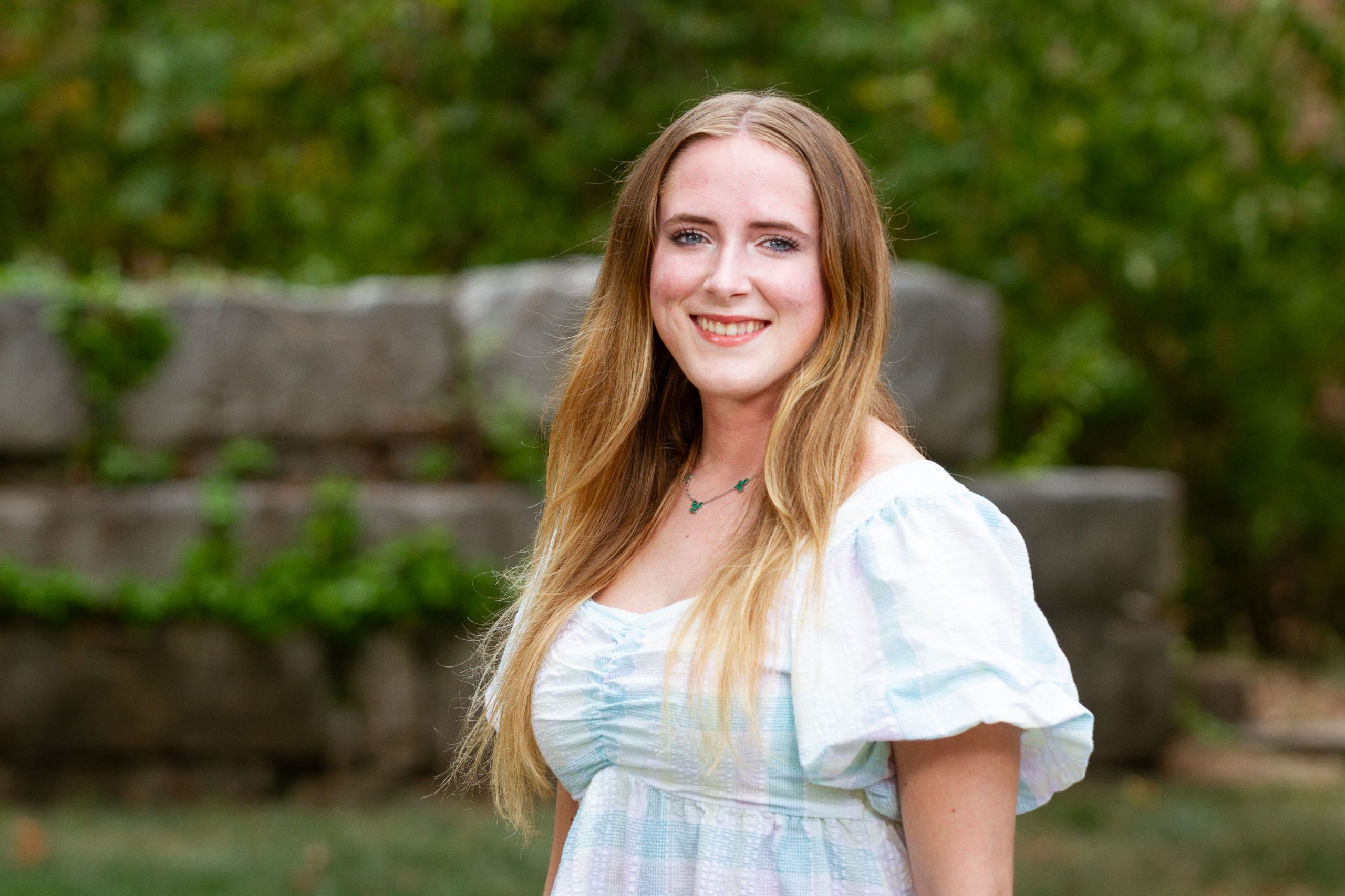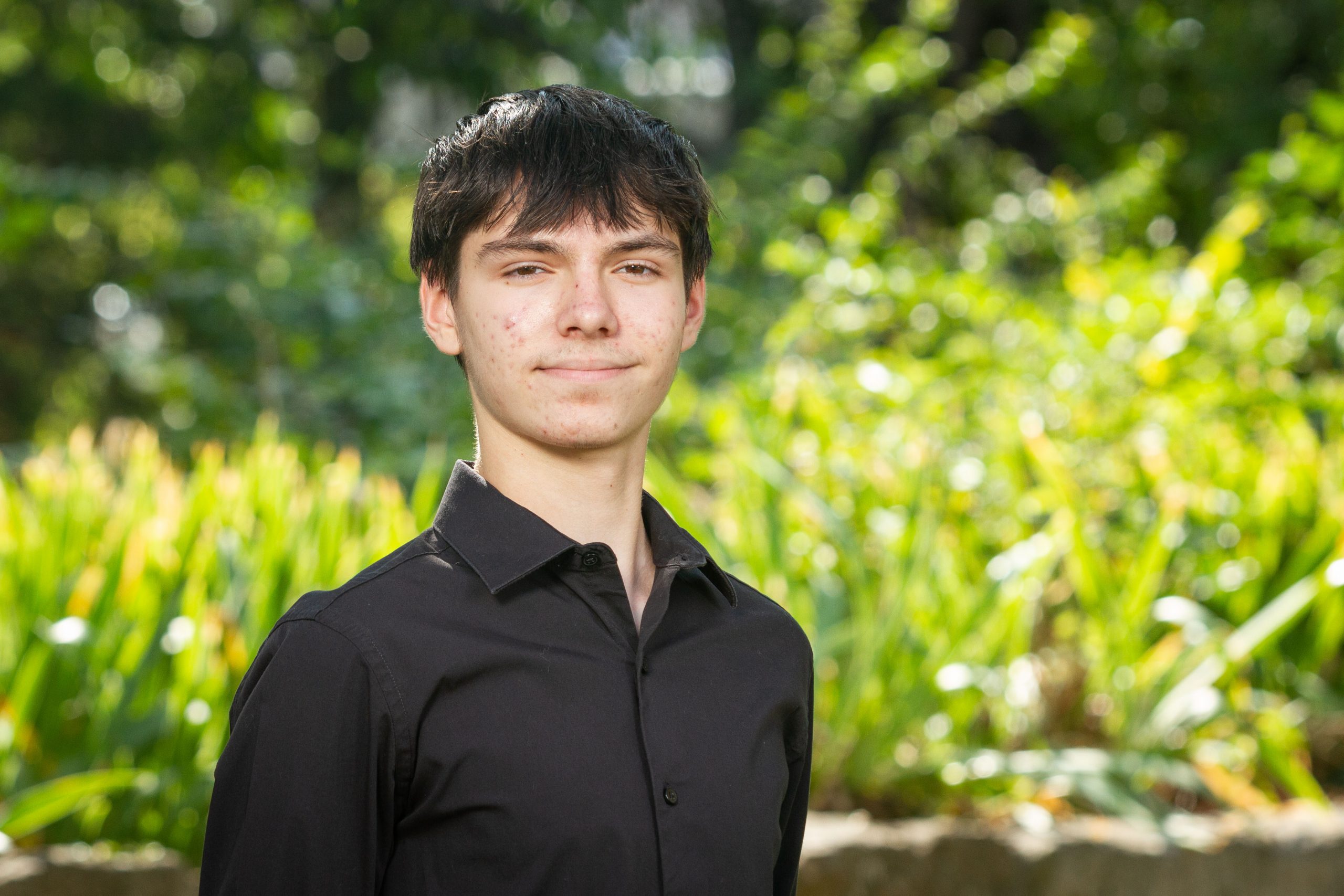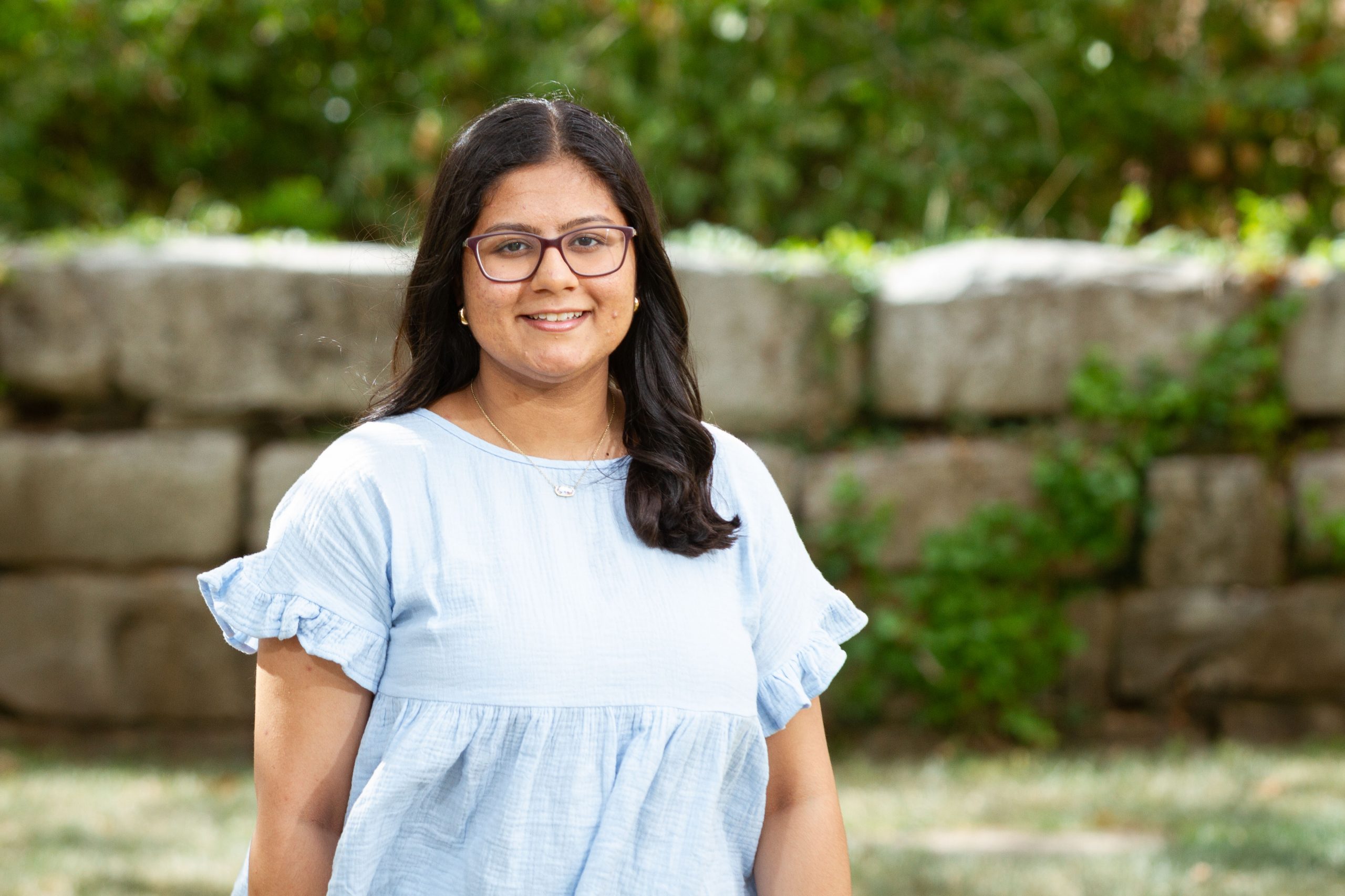GEW ’09: Fact or Fiction? What the Experts Say
February 24, 2009 | Gifted Ed Week, News | No Comments
by Tracy Inman
1. Gifted children thrive with more work.
FALSE: Gifted children do not need more work; they need different work. No one wants to do all the odd numbers of an assignment quickly just to be burdened with the even ones on top of it. No one wants to write a paper in addition to the project when everyone else just does the project. Soon no one will want to be gifted!
2. Allowing a gifted child to tutor another child is usually a very effective service option. You really learn something when you teach it.
FALSE: The belief that it never hurts students to review what they have learned “has led to the practices of using gifted students as tutors for slower students in the classroom and having them do more work at the same level. Such activities have been used to fill the time of the student who finishes assigned work quickly, relieving the teacher of additional planning for such a student and simultaneously providing help to students who require extra support. This situation has been especially noticeable since Cooperative Learning groups have become an integral part of classroom organization. Too often, in an effort to maintain the standards they require of themselves, gifted students who are placed in a heterogeneous Cooperative Learning group will take on the major part of the research, writing, and presentation tasks, while also trying to tutor other members of the group, so that the group result will not be unacceptably low to these gifted students. Although sharing with classmates is an important social experience for gifted students, the overuse of group projects and the use of such students as tutors will prevent them from engaging in their own educational challenges. The increasing number of gifted students writing articles on their frustration with experiences in inappropriately constituted Cooperative Learning groups adequately validates the idea that there is a limit to the educational value of repeatedly reviewing materials and concepts that have already been mastered” (Clark, 2008, p. 23).
3. Just because a child is gifted in one area does not mean he is gifted in all areas.
TRUE: Students may be exceptional in one or more areas. Just because a child is three grade levels ahead in math does not mean he is three grade levels ahead in reading. He may be right at grade level or even reading below grade level.
Kentucky identifies children in five areas of giftedness: General Intellectual, Specific Academic, Leadership, Creativity, and Visual and Performing Arts. (704 KAR3:285 Programs for the gifted and talented)
4. Do not expect gifted students to be model students.
TRUE: Many gifted children have not been challenged in the classroom. For some of them, their characteristics have been misunderstood as behavioral issues. Therefore, they have learned coping skills: boredom, sleep, disruption, being off task (e.g., reading a novel in math class), daydreaming, etc. Many have become underachievers. See Rimm (2008) for specific strategies to reverse underachievement.
5. Gifted students are not at risk. If they are actually gifted, they can get by on their own.
FALSE: “This would be true only if intelligence was solely inherited, and, therefore, did not change. The well-documented fact is that intelligence is developed from an interaction between genetic patterns and environmental opportunities. It is dynamic rather than fixed, which puts children who are not stimulated at the level of their growth at risk. They do not progress; rather, they regress. Additionally, the growth of intelligence is less limited than was once supposed, and the level to which any child can achieve, when given appropriate stimulation, is unknown. This possibility alone makes this belief that these children can get by on their own very problematic. Gifted students, like all students, need challenges presented to them by their educational experience at the level congruent with their ability and development. The problem for the gifted learner is that schools often do not present curriculum aimed at higher levels of thought” (Clark, 2008, pp. 21-22).
All children need guidance in their learning. Yes, gifted children seem to absorb information. Yes, they make connections others don’t. Yes, they can readily comprehend materials. But in order to thrive and develop their talents, they need explanation, discussion, questioning.
6. Giftedness can easily be measured by intelligence tests and tests of achievement.
FALSE: “Brain research has indicated that the brain has at least four major areas of function: physical/sensing, affective, cognitive (both linear, rational and spatial, gestalt), and intuitive. The function of these areas integrate to form a person’s intelligence, and the brain seems to be nearly unlimited in its potential for development. Any of these areas of function or a combination of them can be involved in expressing intelligence, making the concept of intelligence quite complex. Intelligence tests generally measure only a sample of the linear, rational ability of a person, and because intelligence can be expressed in many other ways, such a small sample cannot be viewed as an adequate measure of the universe of intelligence or the potential of any person. Although current intelligence tests give valuable estimates of abilities in the area of intelligence that can be predictive of success on school-related tasks, these tests cannot identify giftedness in many areas of intelligence or suggest an individual’s potential. Identification of giftedness is a complex task and requires a variety of samples of a person’s ability from many areas of function” (Clark, 2008, p. 22).
7. A good teacher can teach any student, because good teaching is all that is needed.
FALSE: “Although good teaching practices must be the basis for all teaching excellence, the appropriate education of gifted students does not end with these important concepts and strategies. In addition to using exemplary educational techniques that support the learning of all students, teachers of gifted and talented students need some special skills. They must know how to change the pace of instruction, provide in-depth learning, and advance the level of content because these are common needs of gifted students. Teachers must know how to develop high degrees of complexity and interrelationships in the content, as well as develop and provide novelty and enrichment. They must accept intensity and divergence, and they must encourage creative solutions. These are but some of the added teaching skills that teachers of gifted and talented students need because these students have specific needs, require additional challenges, and produce differently in terms of both quantity and quality” (Clark, 2008, p. 22).
8. Even if the curriculum is accelerated for all students, services are still needed for gifted learners.
TRUE: “All students must be given opportunities to have challenging learning experiences. However, those challenges will not be the same, either in content or pace of instruction, for every student. One of the commonly accepted characteristics found as the brain becomes more efficient and expresses higher levels of intelligence is the increased speed of thought processing. Gifted students learn faster and process information more quickly. It would be unfair to ask a gifted student to slow down this process as it would be to require a slower learner to think more quickly; neither student can do what is being asked. With the ‘dumbing down’ that admittedly is occurring within the curriculum in many schools, some acceleration of content and pace might be positive; however, to speed up the learning process to the pace of the gifted learner would be inappropriate for other learners in the regular classroom and would inhibit their chances for success. In National Excellence (Ross, 1993), this vision of schools of excellence was offered; ‘All children progress through challenging material at their own pace. Students are grouped and regrouped based on their interests and needs. Achieving success for all students is not equated with achieving the same results for all students [italics added] (p. 29)'” (Clark, 2008, pp. 22-23).
Kentucky mandates multiple services for each identified gifted child. The Gifted Student Service Plan is an individual education plan outlining services, people responsible, and time frames so that the child has continuous progress in his learning.
9. All children are gifted.
FALSE: “All children are valuable, all students are important, and all children should be allowed to develop to their highest potential; however, all children are not gifted. The term gifted designates the students ‘who require services or activities not ordinarily provided by the school in order to fully develop such capabilities’ (Javits Act P. L. 100-297, reauthorized in 1994 through 2006). The capabilities to which the Javits Act refers include high levels of intellectual, creative, artistic, leadership, or academic abilities. Obviously not all children have high levels of development that create needs for modification of the curriculum, and yet, in a misguided effort to assert the value of all children, a statement such as ‘all children are gifted’ is mistakenly made. The problem is that such a statement can cause the unique educational provisions needed by gifted students to seem unnecessary, and, therefore, they will not be provided” (Clark, 2008, p. 21).
10. Most children suffer emotionally and socially when grade accelerated.
FALSE: The Templeton National Report on Acceleration, A Nation Deceived: How Schools Hold Back America’s Brightest Students (2004), is a seminal study on acceleration. While the popular perception is that a child who skips a grade will be socially stunted, fifty years of research shows that moving bright students ahead (whether that be through grade skipping, early entrance to school, or any other of the many types of acceleration) has strongly positive results, both academically and socially.
11. The brightest students tend to make the lowest achievement gains in school.
TRUE: “In a pioneering study of the effects of teachers and schools on student learning, William Sanders and his staff at the Tennessee Value-Added Assessment System put it this way: ‘Student achievement level was the second most important predictor of student learning. The higher the achievement level, the less growth a student was likely to have.'”
“Mr. Sanders found this problem in schools throughout the state, and with different levels of poverty and of minority enrollments. He speculated that the problem was due to a ‘lack of opportunity for high-scoring students to proceed at their own pace, lack of challenging materials, lack of accelerated course offerings, and concentration of instruction on the average or below-average student. While less effective teachers produced gains for lower-achieving students, Mr. Sanders found, only the top one-fifth of teachers were effective with high-achieving students. These problems have been confirmed in other states. There is overwhelming evidence that gifted students simply do not succeed on their own” (DeLacy, 2004, p. 40).
The Fordham Institute released their report High-achieving Students in the Era of NCLB (2008) examining the status of high achieving students. In their foreword, Finn and Petrilli summarize the findings: “No Child Left Behind appears to be meeting its objectives: narrowing achievement gaps from the bottom up. Some may declare this to be a wonderful accomplishment: the performance of low-achieving students is rising, while those at the top aren’t losing ground. But is that outcome good enough for a great nation? If we want to compete in a global economy, don’t we need all our young people – including our highest achievers – to make steady progress too?” (p. 8).
12. Gifted students are needed in all classes so that students do not lack positive role models for academic and social leadership.
FALSE: “Research on role modeling (Schunk, 1987) indicates that to be effective, role models cannot be drastically discrepant in ability from those who would be motivated by them. Teachers overwhelmingly report that new leadership ‘rises to the top’ in the noncluster classes. There are many students, other than identified gifted students, who welcome opportunities to become the new leaders in groups that no longer include the top 5% of a grade level group” (Winebrenner & Devlin, 1996, p. 1).
REFERENCES
Clark, B. (2008). Growing up gifted (7th ed.). Upper Saddle River, New Jersey: Prentice Hall.
Colangelo, N., Assouline, S. G., & Gross, M. U. M. (2004). A nation deceived: How schoolshold back America’s brightest students (Vol. 1). The Templeton national report onacceleration. Iowa City: University of Iowa.
DeLacy, M. (2004, June 23). The ‘No Child’ law’s biggest victims? An answer may surprise. Education Week, 23(41), 40.
Rimm, S. B. (2008). Why bright kids get poor grades. Scottsdale, AZ: Great Potential Press.
Finn, C.E., & Petrilli, M. J. (2008). Foreward. In T. Loveless, S. Farkas, & A. Duffett, Highachieving students in the era of NCLB. Washington, DC: Thomas B. Fordham Institute.
Ross, P. O. (1993). National excellence: A case for developing America’s talent. Washington, DC: U.S. Government Printing Office.
Schunk, D.H. (1987). Peer models and children’s behavioral change. Review of Educational Research, 57, 149-174.
Winebrenner, S., & Devlin, B. (1996, August). Cluster grouping of gifted students: How to provide full-time services on a part-time budget. Reston, VA: Clearinghouse on Disabilities and Gifted Education. (ERIC Digest No. EDO-EC-95-1).


